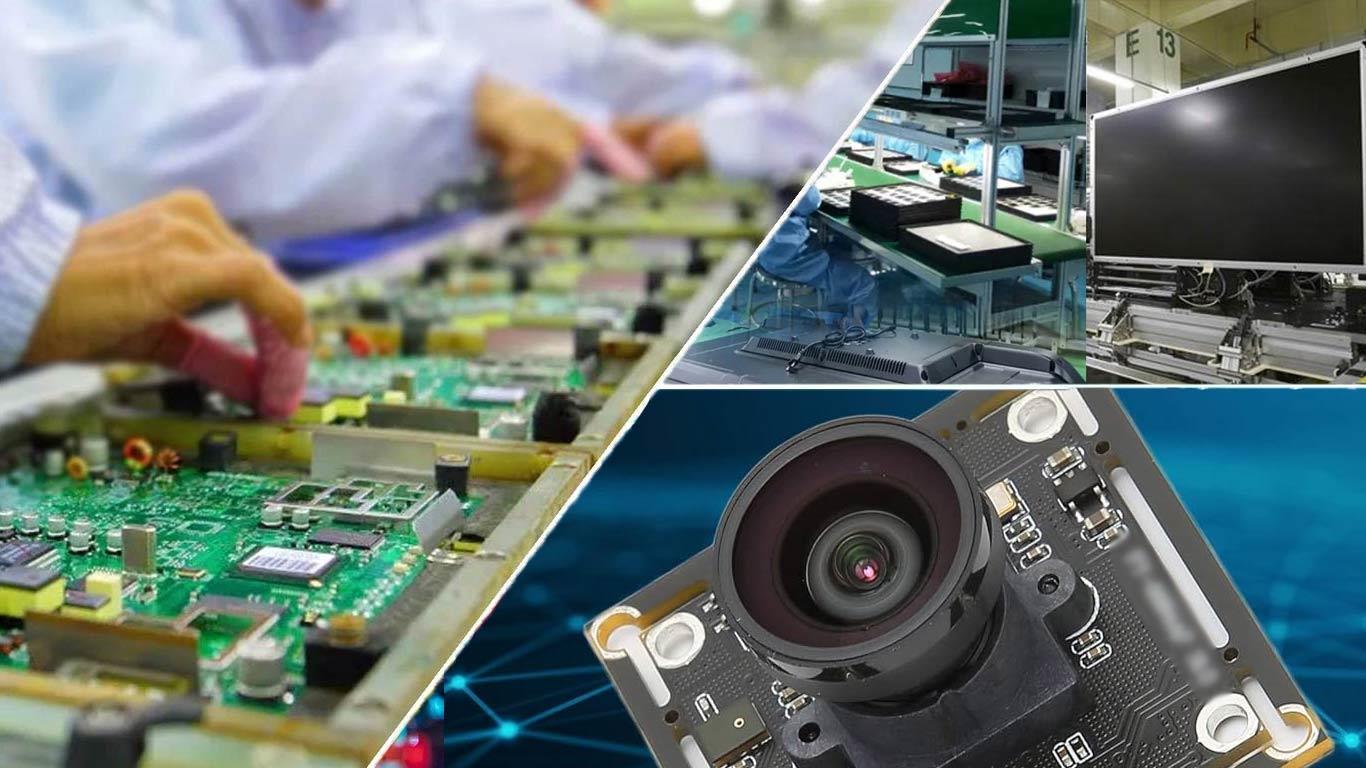
Government Weighs Job Creation Incentives Amid Push For Electronic Components Manufacturing Policy
The Ministry of Electronics and Information technology (MeitY) is currently developing the policy, but disagreements over job creation estimates have delayed its finalisation.
Industry representatives have raised concerns that the government's expectations for job creation under the policy may be overly optimistic.
"Take printed circuit board assembly (PCBA), for instance. The government is asking that we employ 3-4 people per PCBA unit produced locally. But we are telling them that the process is highly mechanised, requiring only 1-2 people per unit," an industry executive stated. The discrepancy in employment estimates has led to ongoing negotiations, stalling the policy's rollout.
The incentive policy aims to address the significant gap in India's electronic components sector, where domestic production is minimal compared to demand.
Despite India's success in localising the assembly of finished electronics products like smartphones, the country remains heavily reliant on imports for electronic components-a market currently dominated by China.
In the fiscal year 2022-23, India's electronic components production was valued at USD 10.75 billion, constituting only 10 per cent of the total electronics production. In contrast, domestic demand alone is projected to be USD 100 billion, rising to USD 140 billion if India plans to export components.
The proposed policy could feature a government subsidy of up to Rs 40,000 crore, with expected investments in the sector reaching Rs 82,000 crore.
The government is exploring various incentive models, potentially subsidising operational or capital expenditures or a combination of both, depending on the type of component.
The components under consideration for subsidies include non-solder mask passive components, flex PCBA, sub-assembly display and camera modules, PCBs with more than eight layers, and lithium cells used in electronics.
India's current challenges in the electronic components sector include a lack of domestic scale, a high investment-to-turnover ratio, and heavy reliance on imports.
Electronics imports are now India's second-largest import commodity after oil, accounting for nearly 75 per cent of total electronics production. If current trends continue, component demand is expected to reach USD 160 billion by 2028-29.
The government acknowledges that while the Production Linked Incentive (PLI) scheme for smartphones has reduced imports of finished products, the import of key components and sub-assemblies, including integrated circuits (ICs), has increased from USD 29 billion in FY21 to USD 46.5 billion in FY23.
To meet growing demand and reduce import dependence, the government is under pressure to develop a robust domestic manufacturing policy for electronic components.
(KNN Bureau)
Legal Disclaimer:
MENAFN provides the information “as is” without warranty of any kind. We do not accept any responsibility or liability for the accuracy, content, images, videos, licenses, completeness, legality, or reliability of the information contained in this article. If you have any complaints or copyright issues related to this article, kindly contact the provider above.






















Comments
No comment